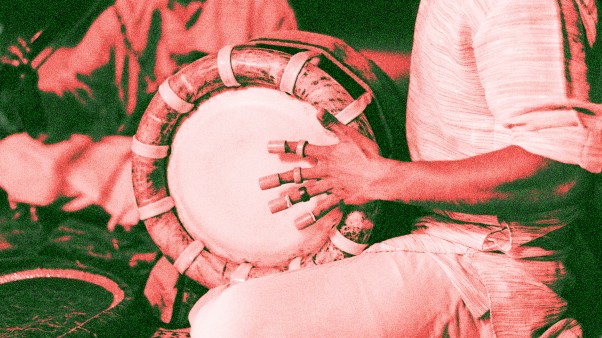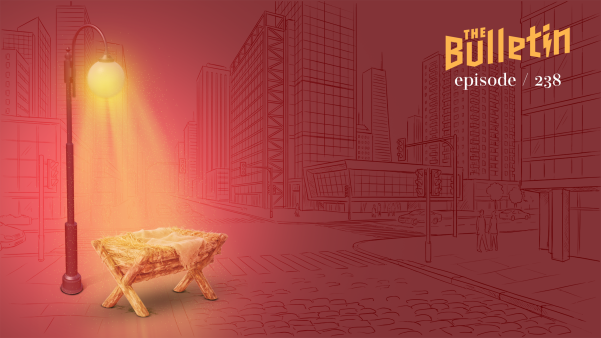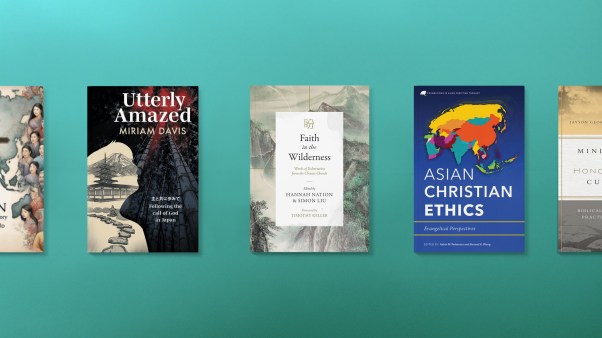In every issue of Books & Culture there are connections between and among articles, some of them intentional, many occurring by what we call chance. The contiguity, for instance, of Alan Jacobs on Adam Roberts' edition of Coleridge's Biographia Literaria and Philip Jenkins on James Hogg's curious masterpiece The Private Memoirs and Confessions of a Justified Sinner may nudge us to think about Hogg and Coleridge at the same time—maybe for the first time, even though they were contemporaries. (Hogg was born two years before Coleridge and died two years after him.) And while we are still mulling over that odd couple, our eye may be caught by Martyn Wendell Jones on Shirley Jackson, she of The Haunting of Hill House (who dabbled in witchcraft, it seems, in rebellion against the complacent materialism fashionable in mid-20th-century intellectual circles), and Vincent LaValle on a collection of classic horror tales. These make good company for thinking about Hogg's dizzying novel, which—as Jenkins observes—sheds a disturbing light on "a deep and toxic fascination with evil and the Satanic" in Scottish religious life.
You may be inspired by Jenkins' piece to pick up a copy of the Confessions. There's also a splendidly idiosyncratic biography, Electric Shepherd: A Likeness of James Hogg, by Karl Miller, published by Faber & Faber in 2003. Miller (who founded The London Review and edited that magazine for many years) departs from the conventional biographical narrative, though he gives us a vivid sense of the man and the arc of his life:
Hogg was a poet and a peasant, a poor man who was also a personality, a star. A devotee of both war and peace, of animals and of their destruction, of truth and lies, openness and disguise, of reason and imagination, simplicity and sophistication, chastity and license. Both a Tory and a Whig, a Cavalier and a Covenanter, a Jacobite and a Hanoverian.
If you are particularly interested in magazines, as I am, you'll relish Miller's account of the ferment surrounding Blackwood's Magazine, launched in 1817—to which Hogg was a regular contributor—and the Edinburgh Review, which started in 1802. In his account of Blackwood's, Miller evokes a "journalistic culture of insult, sport, clandestinity, indirection and exclusion," in which writers assumed multiple identities. The principal figure in the Blackwood's crowd was a fellow named John Wilson, whose #1 pen-name (but not his only persona) was Christopher North. Miller quotes from a 1934 biography of Wilson which notes that he "could abuse Wordsworth anonymously in an article, and, in a later number of the magazine, attack with scorn the author of his own article, and write a stern letter against himself for libelling so great a poet—then, in the following number, round off this Protean transaction with another vigorous onslaught on the Lake poet." I'm reminded of Flann O'Brien.
Miller says of the Confessions that "the novel makes a virtue of its lifelike uncertainty." I love that phrase. For me it does not suggest a lack of conviction but rather describes the conditions in which we hold our beliefs. I would say that the same virtue characterizes Alissa Wilkinson's piece on David Foster Wallace ("Everybody Worships") and Michael Toscano's on the filmmaker Hayao Miyazaki. (Toscano's introduction to Miyazaki is loaded with paradox. Film, we're told endlessly, is the quintessentially "modern" art-form, and Japan is in the vanguard of futurism, yet this master—"one of the greatest animators in cinema history, if not the greatest"—is viscerally hostile to "modernism" as he understands it.) Of course, it's all too easy for "lifelike uncertainty" to be turned into a shtick. I've lost track of the number of times I've read or heard some artist or Big Thinker making that move. ("I'm not really looking for answers. It's the questions that interest me." And so on, ad nauseum.) Closely akin to "lifelike uncertainty" is the taut ambivalence of "C. Kuipers, Mission Novelist," as related in this issue by Jim Schaap. Bringing Christ to the Zuni, Kuipers found that churchgoers back home (men and women like himself) needed to hear the gospel afresh, an insight prompted by his encounter with the "pagan" people he'd come to serve.
On p. 23 of this issue there is a list of some coming attractions in Books & Culture, including Matthew Dickerson's essay "The Clear Cut, the Cutthroat, and the Cascade Effect," Jane Zwart on Toni Morrison, Philip Jenkins on Boko Haram, Rachel Marie Stone on knitting, Alan Jacobs on Les Murray, and Mark Hutchinson on Building Catholic Higher Education. And that's just a small sample of what's ahead.
Last year, supplementing the print magazine, we launched a biweekly digital edition of B&C that you can read on your tablet. If you haven't checked this out yet, you should give it a look. (See the ad on p. 6 for more information.) Our art director, Jennifer McGuire, has created a very handsome and user-friendly design, as I think you'll agree. The digital biweekly also features some extras. If you subscribe to our free weekly e-newsletter, you already know that we regularly publish web exclusives, pieces that appear only on the B&C website, not in print. But over the years I've discovered that many faithful readers of the magazine are not aware of these web exclusives. To introduce such readers (you, for instance?), occasional installments of the digital biweekly gather such pieces.
We continue working toward our goal of securing funding for 2015-18. If you believe in what B&C is doing, and if you have the resources to help, please consider pitching in. When I look at what's ahead, I'm thankful all over again for your support. And of course we're particularly looking forward to our September/October 20th Anniversary Issue.
Copyright © 2015 by the author or Christianity Today/Books & Culture magazine. Click here for reprint information on Books & Culture.









